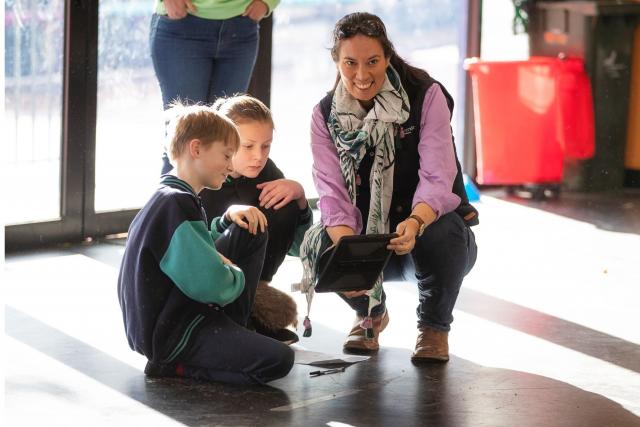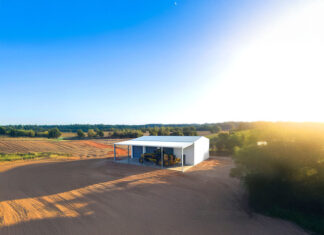
A new study by CQUniversity has identified a lack of agricultural knowledge among Australian school students, highlighting a need for more adequate agricultural education programs.
In the largest ever survey of its kind, CQU’s Agri-tech Education and Extension research team, led by Dr Amy Cosby, surveyed more than 5000 primary and secondary students across Australia about their knowledge of agriculture.
The study found many students regarded agriculture to be a low-tech industry, with four in five primary students and three in five secondary students believing commercial milking of dairy cows occurs by hand, rather than machine.
“Agriculture is in a period of rapid technological advancement but modern farming practices are not being adequately portrayed to Australian students,” Dr Cosby said.
The study showed student awareness of agricultural careers was also limited, with many only able to recognise traditional roles such as a ‘farmer’ and ‘beekeeper’ as jobs in agriculture.
Dr Cosby said this was likely a contributing factor to the industry’s current skilled workforce shortage.
“If students are not being shown an accurate vision of modern agriculture, they are unlikely to recognise that agricultural jobs can be highly skilled, well paid and possibly located outside rural areas,” Dr Cosby said.
Importantly, the study showed one of the biggest factors impacting students’ agricultural knowledge was their level of exposure to farms.
Students who lived on a farm – or who visited an agricultural property at least four times a year – scored significantly higher (as a group by median score) than those who had never been on-farm.
Dr Cosby said it highlighted the importance of including regular exposure to farming activities in agricultural programs for Australian schools.
“Virtual experiences and online resources are important, but nothing beats exposing students to agricultural workplaces in real life and to people who work in these careers,” she said.
While agricultural knowledge is developed through both formal schooling and informal experiences, agriculture as a subject is not a mandatory inclusion in most Australian schools.
The exception to this is in New South Wales, where agriculture is part of the compulsory curriculum in Years 7 and 8.
Most students surveyed were able to recognise that some fruits and vegetables grow better in certain parts of the world, while more than half of the secondary students understood that hormones are not given to chickens to make them grow (a practice that has been banned in Australia for some 60 years).
“Today’s students are tomorrow’s consumers and their future purchasing decisions will be shaped by their understanding of things like animal welfare, environmental sustainability and healthy eating practices,” Dr Cosby said.
Dr Cosby said the study also highighted the need for a formal framework to assess students’ agricultural literacy, similar to what is in place in the United States under the National Agricultural Literacy Outcomes (NALOs).
“The absence of an agricultural literacy framework in Australian schools is a significant deficit and limits the capacity for comprehensive assessment of the agricultural education that is taking place,” Dr Cosby said.
The report findings will inform the Agri-tech Education and Extension team’s evidence-based programs such as EXCITED 4 Careers in Agriculture, GPS Cows and RACE Gippsland delivered in partnership with an extensive array of industry and education organisations.






